Cuban Santería music
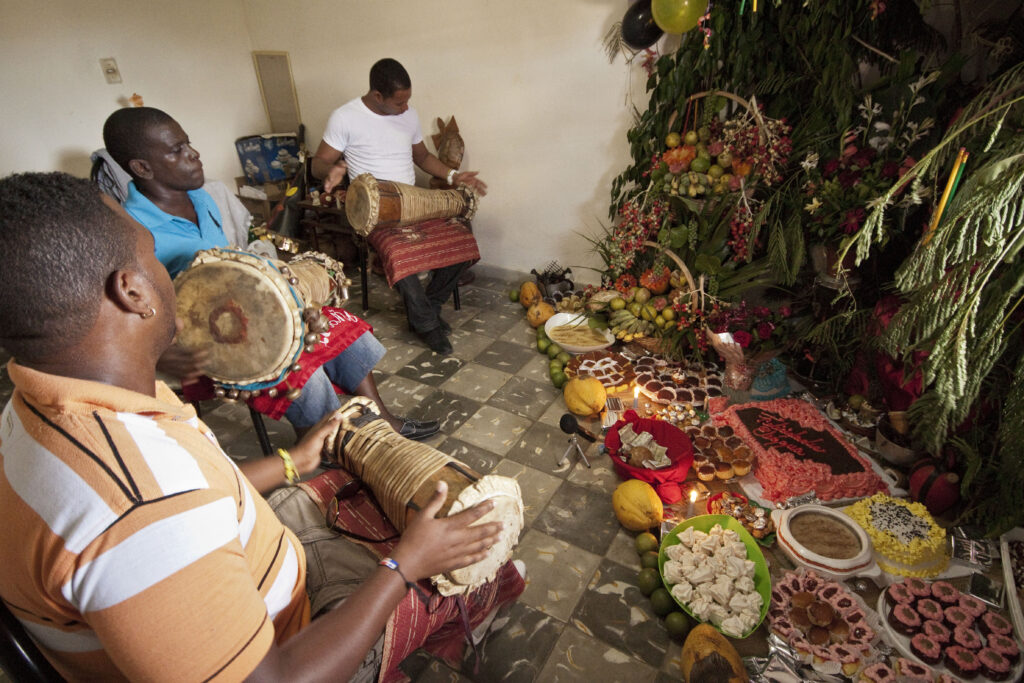
Fig. 0.1. Batá drums playing during a Toque de santo. La Habana, 2011.
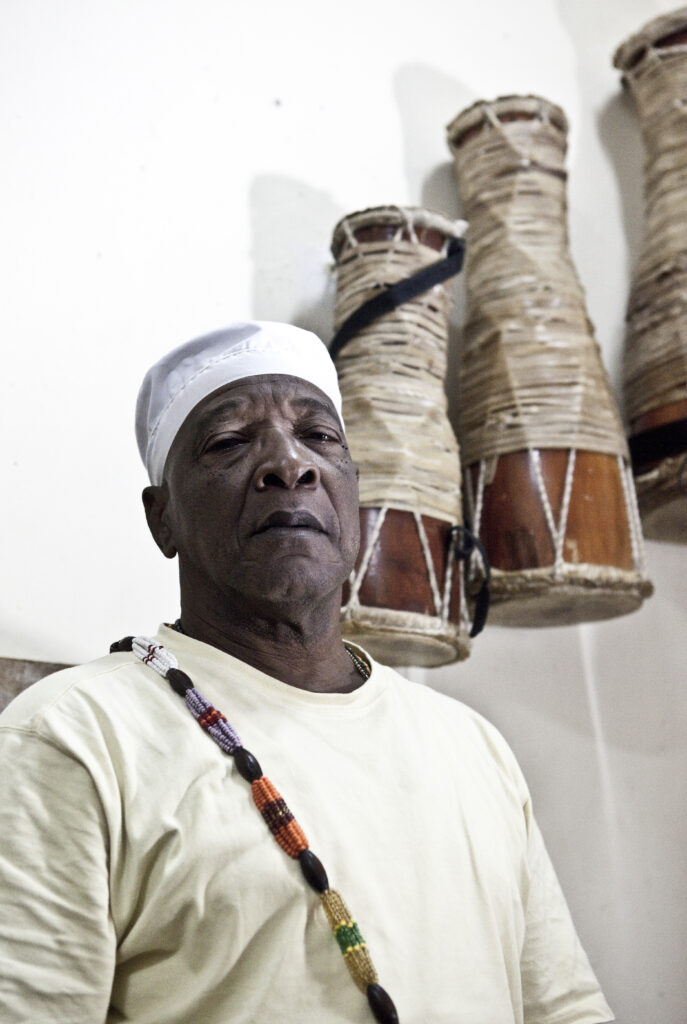
Fig. 0.2. A priest of the SanterÍa (babalawo). La Habana, 2011.
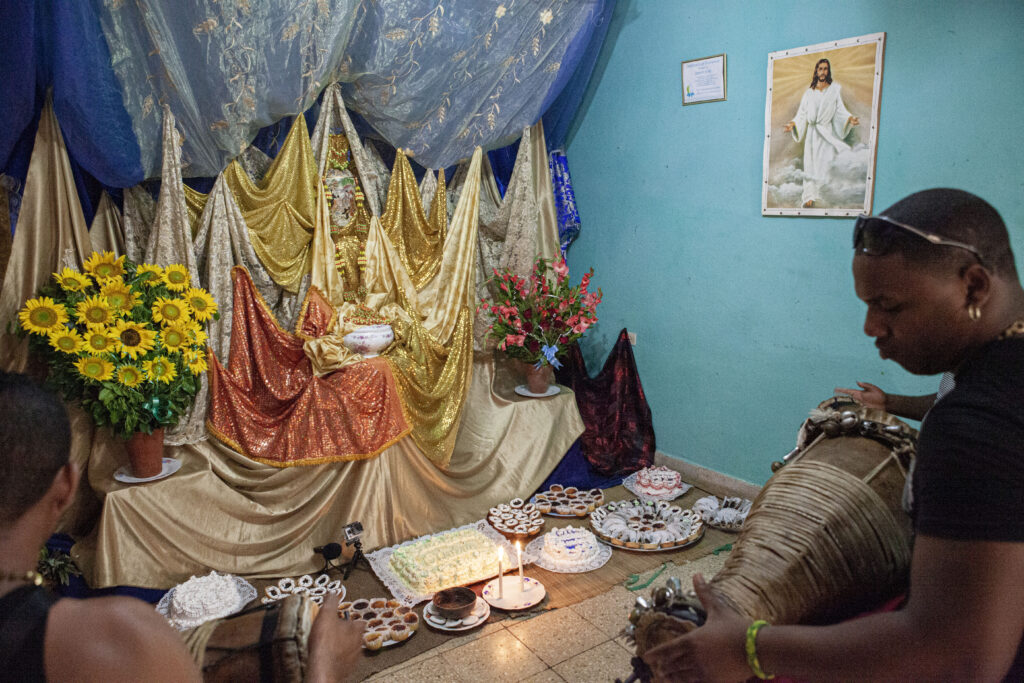
Fig. 0.3. Batá drums playing during a ceremony. Hanging from the side is an image of christ representing Olodumare. La Habana, 2011.
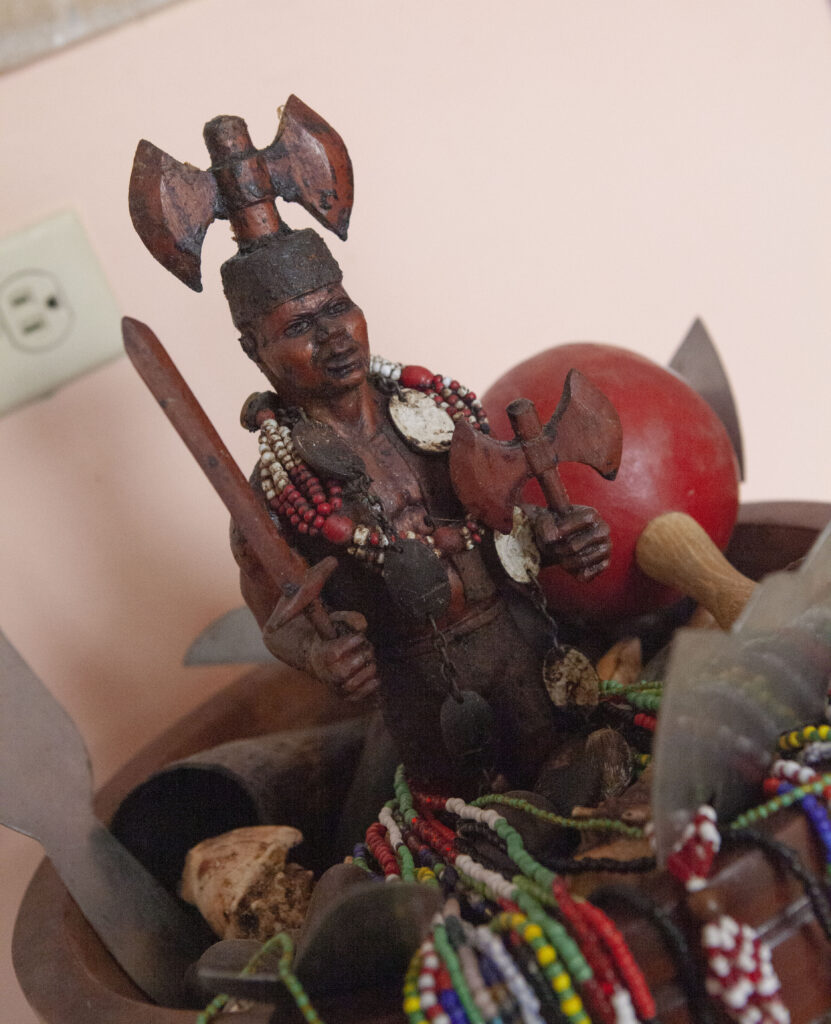
Fig. 0.4. detail of a fetish for the oricha Changó. La Habana, 2011.
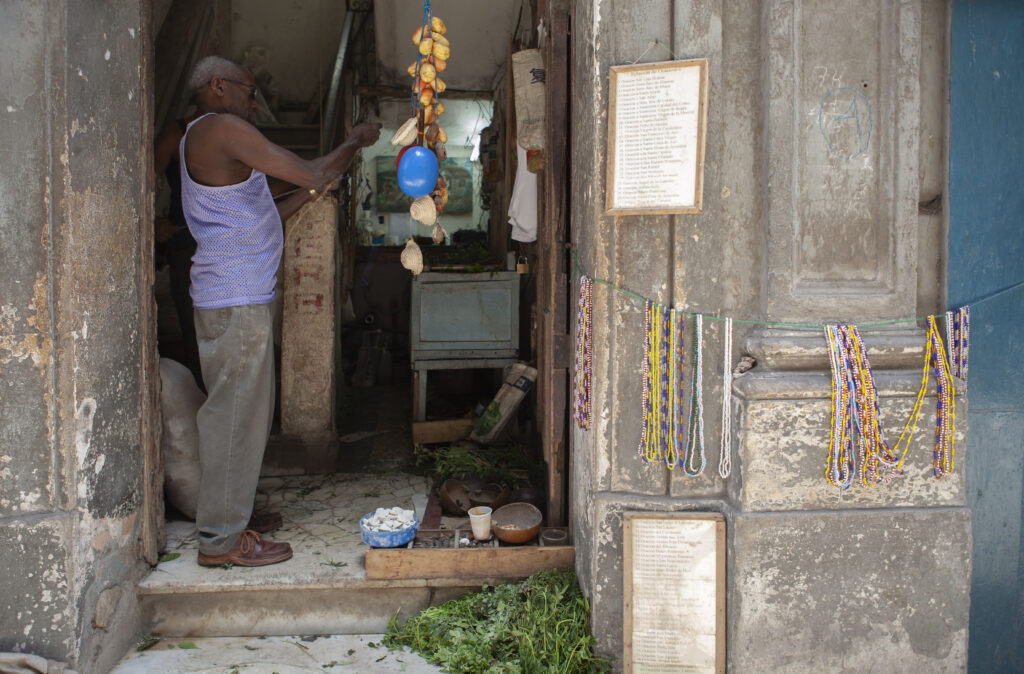
Fig. 0.5. A hierbero sells herbs and other sacred objects at his home. La Habana, 2011.
Introduction
Santería, also known as Regla de Ocha, is the most widespread of Afro-Cuban religions. It is practised in Cuba and other countries by several million faithful and centred on the worship of a group of divinities known as orichas. Believers (santeros) perform rituals intended to invoke the orichas by reciting magical-religious formulas, singing songs, playing instrumental music and dancing.
One of the most significant Santería rituals is the Toque de santo, whose purpose is to encourage the descent of an oricha to earth. Music and dance are essential elements of the rite because of their power to induce different states of consciousness in the participants, which believers interpret as temporary possession of the body by an oricha.
The music of the Toque de santo is provided by batá drums, the sacred Santería instruments. They are played in an ensemble of three different-sized instruments and follow intricate polyrhythmic patterns dedicated to different orichas. The santeros attribute great importance to the batá drums as they believe their music establishes direct communication between human beings and the supernatural world. Because of their profound religious meanings and the complexity of the repertoires, the ritual music of the batá is considered the highest expression of Afro-Cuban musical culture.
The origins of Santería date from a period tragically marked by the trade in African slaves, who were deported to Cuba from the second half of the eighteenth century to work in the sugar cane plantations. The phenomenon reached such proportions that in 1846 their African descendants made up more than 40% of the island’s population. Many of these slaves were of Yoruba origin, an ethnic-linguistic group settled in what is now Nigeria, Benin and Togo. This forced migration brought about profound economic, demographic and cultural changes, and had a significant social and religious impact. Santería emerged in this context as a result of the meeting of the African people’s Yoruba religion and the Catholicism brought by the Spanish conquistadores.
The language spoken by the Yoruba in Cuba is known as Lucumí. Over the years Lucumí has lost its function as a language of everyday communication between the Afro-descendants, but remains the sacred language of Santería, used for the prayers and songs dedicated to the orichas.
The Santería religious system is centred on the concept of aché, an invisible, sacred, magical power. Aché can be transmitted by a supernatural being to a person, and then on to other individuals. Its distribution in the natural and supernatural world follows a hierarchy on various levels. At the top is Olodumare, the supreme being, whom believers do not address directly. No rites are performed, altars erected or sacrifices made to Olodumare.
The orichas occupy the second level of the hierarchy. In the traditional Yoruba religion, aché is concentrated in nodes of energy associated with natural forces (wind, thunder), places with a particular symbolic value (sea, mountains, rivers) and roles in social life (father, mother, king, warrior). Such forces were personified in the orichas.
The Yoruba deported to Cuba found a way of reconciling their polytheist religion with the monotheism of Christianity through the worship of Catholic saints. The result was a system of beliefs in which the santeros recognise in each oricha the attributes of the Yoruba divinity (such as specific colours, objects, numbers, natural forces, animals and herbs) and of a specific Catholic saint. For example, Orula is associated with St Francis of Assisi, Ogun with St Peter, Ochun with the Virgin of Charity of Cobre, Yemayá with Our Lady of Regla and so on.
Changó, the oricha of lightning, fire, amorous passion and male vigour is an interesting case. The colours red and white, the numbers six and twelve, and foods like bananas and maize are associated with this divinity. He is portrayed as a muscular young man holding a double-bladed axe. Changó is associated in Santería with St Barbara, known in popular Catholic worship as the protector against fire and lightning. Consequently, a statue portraying a muscular young man with an axe may be found with a St Barbara dressed in red and white on the altar dedicated to Changó, which every santero must set up in his home.
The ancestors (egun) are one step below the orichas. In the Santería religious conception, even though they no longer live on earth, the egun continue to be part of the family and concern themselves with the lives of their descendants. The santeros invoke their ancestors through specific rites and songs; they set up altars and sacrifice animals in their honour.
Human beings are found still further down the hierarchy. Although the orichas are supernatural, they rely on the vital energy they receive from believers through the celebration of rites. In return, the orichas ensure them of health, wealth and guidance to face life’s adversities.
Finally, a certain quantity of aché is found in organic and inorganic natural elements, to which believers attribute magical powers. Plants, herbs, seeds and fruit are used to create altars, symbolise life, nourish the orichas and consecrate animate and inanimate objects. The hierberos, religious practitioners expert in selecting and processing herbs, advise which plants to use in the rituals and prepare medicinal infusions and other essences for ceremonial purposes. The animal kingdom is equally important. The magical power of animals is derived from their relationship to the orichas. Each divinity is associated with specific birds or other small and medium-sized animals, and some rituals require their sacrifice to honour and nourish the divinities, ward off negative influences or obtain benefits.
